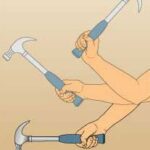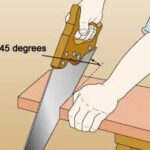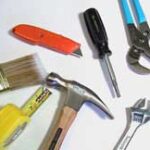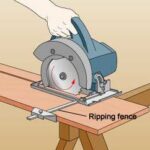This comprehensive buyer’s guide covers which hand tools you need for an effective home toolkit. Hand tools, hardware, safety gear, and more.
Pipes burst, wires cross, toilets clog. It happens. Given that a house has thousands of moving parts, some are bound to foul up occasionally. But you can make sure little problems don’t become big ones by acting quickly and decisively at the first drip, zap, or gurgle.
Of course, you cannot race to the rescue if you don’t have the right tools on hand. Here we look at a few essentials to help you handle almost any emergency and may inspire you to tackle more involved home improvements.
The Most Essential Hand Tools
In the blink of an eye, you could spend thousands of dollars buying all the latest and greatest tools and doodads to put together a really great shop. Of course, this would be overkill for most homeowners who just want to be able to take care of small jobs around the house.
To buy an assortment of hand tools that will give you a running start at home repair or improvement projects, all it really takes is about a hundred dollars. Bottom line—you can get by with a couple handfuls of tools for layout, cutting, fastening, and finishing.
If you have ever spent a few minutes browsing through the tool department of a hardware store, you know that there is a tool made for almost every possible purpose. Selecting a few appropriate ones can be overwhelming. The ones shown here should be on your “Buy First” list. After these, you can consider the tools and supplies mentioned further on.
Rule number one for the tool buyer: Do not scrimp on quality. Nothing is more frustrating than a screwdriver tip that mangles under pressure or an adjustable wrench that won’t adjust. It pays to spend a few extra dollars for top-quality tools that are easy to handle and durable enough to last a long time.
Browse Essential Tools on Amazon
An 8-inch adjustable wrench is a good size for turning small- to medium-sized nuts and bolts. Consider getting a second, larger size later on. About $8.
The jaws of 12-inch tongue-and-groove pliers have a wide adjustment, allowing them to grip anything from tiny nails or wires to large pipes. About $14.
Knowing where framing members are hidden behind walls and ceilings is critical to many home projects, especially when hanging things. Just slide an electronic stud finder across the surface and flashing lights signal locations of studs and ceiling joists. About $20.
A curved-claw hammer is perhaps the most basic of all tools. Head weights range from 7 to 28 ounces. Buy one that feels good to hold and is comfortable to swing. A 16-ounce model with a slightly convex face is standard. About $16.
A paintbrush with synthetic bristles applies all types of paints; one with natural bristles works only with oil/alkyd paints. Choose long bristles that splay evenly at the ends. About $7.
Putty knives are inexpensive enough to buy a couple of sizes—a 1-inch blade for filling cracks and small holes and a larger 3-inch-wide blade for big holes. Blades should be straight but flexible. About $4 each.
Choose screwdrivers with comfortable grips and top-quality materials. Buy several sizes, with both flat and Phillips-style blades. When using, be sure the blade is a tight fit in the screw’s slot. About $20 for a set.
A retractable 25-foot by 1-inch measuring tape with a thumb lock for the blade handles easily and is long enough for most jobs. About $10.
A torpedo level fits neatly in a toolbox and works well for leveling appliances, shelves, and pictures. A magnetic edge strip is a handy feature. About $11.
The razor-sharp blade of a utility knife cuts everything from drywall to cardboard and is easily replaced when it gets dull. One with a retractable blade is the safest type. About $6.
Browse Essential Tools on Amazon
Hardware to Keep on Hand
Keep a few types of inexpensive hardware handy for odd jobs. These should include:
Galvanized deck screws
Drywall screws
Expanding sleeves
Molly bolts
Umbrella-type fasteners
Faucet washers
Regular washers & nuts
Finishing nails
You might also want to have a pipe clamp for emergency plumbing repairs and, if you have an old fuse electrical panel, spare fuses.
Basic Safety Gear
Be sure your tool collection also includes:
A good pair of safety glasses or goggles to protect your eyes when you’re using power tools or tools that involve striking an object (a hammer and chisel, for example).
A hard hat if you will be working with a partner in a cramped space or if falling objects could hit you.
Ear protectors when working with noisy machinery.
A few disposable dust masks when doing particularly dirty jobs or working with insulation, and a respirator that is approved for filtering the pollutants you will be handling, which can include dust, fibers, and harmful vapors.
Leather work gloves to protect your hands from scratches and splinters, and rubber gloves when handling caustic chemicals.
A good first aid kit where you can find it quickly in an emergency.
Should You Do It Yourself?
Time for a reality check? Before jumping into a home repair project, ask yourself whether you have the time, patience, tools, and abilities to handle the project. If any of these ingredients is missing, you are better off hiring a pro.
If, for example, you must buy or rent additional tools, the added expense may consume the savings of doing the work yourself. And the fact that you don’t already own a particular tool means you are probably not very familiar with how to use it, which can lead to disastrous results.
Realistically weigh the degree of craftsmanship needed for a successful result, and consider the job’s difficulty and danger. If you are an avid DIYer, here is a list of additional tools to consider for purchase:
An adjustable box-end wrench has jaws that put the hex on a nut. These wrenches come in three sizes and can subdue almost any nut case.
A lighted cordless screwdriver sheds new light on an old idea: no more need to screw in the dark.
A plumber’s helper frees up most stubborn drain clogs.
A multi-meter or ohm-meter is an easy-to-use tester for many types of electrical problems.
Long-nose pliers, or needle-nose pliers are helpful for making wire connections and for a variety of other household jobs.
Electrical tape wraps wire connections, binding wires and serving as a safety barrier.
Wire nuts twist onto the ends of wire connections for a sturdy, safe hold.
Wire cutters/strippers are essential for removing the insulation from electrical wires and cutting wires to length.
A pipe wrench grips hard-to-turn pipes; two are needed for many jobs.
Sandpaper and steel wool are critical for doing finishing jobs well. Always begin with a grade that is coarse enough to remove excess material and then work up to the finest abrasive (the lower the grit number, the coarser the abrasive).
Abrasive papers are cut to fit sanders and can wrap around sanding blocks.
Foam-core abrasive blocks range from fine to coarse in texture.
Browse Essential Tools on Amazon
Beyond the Basics
When it is time to extend the capabilities of your toolbox further, consider these additions:
A framing hammer, 20 to 33 ounces with a waffled face, works best for heavy construction but takes a strong arm to swing. Handles may be wood, steel, or composites. Unless you plan to do a lot of nailing, a wood handle is fine.
A variable-speed cordless drill driver bores holes in wood, metal, and plastic; drives screws; and handles a variety of other chores, from stirring paint to buffing the car. A 9.6-volt reversible model is a good choice. Buy an extra battery pack that can charge while you work, plus sets of drill bits, pilot bits, and screwdriver tips.
A portable work light helps with attic, basement, and after-dark repairs; a fluorescent one doesn’t have a filament that will break when the light is jarred.
A multipurpose crosscut handsaw is helpful for limited wood-cutting jobs.
A hacksaw comes in handy for cutting metal.
Clamps, in various sizes, can secure work to a worktable or clamp objects for repair; grip-type clamps are particularly easy to use.
Heavy-duty shears will cut vinyl siding or flooring, wire mesh, and light-gauge metal sheets.
A staple gun makes fast work of installing insulation and other household fastening jobs.
Home Tool Organization
To keep tools in good working order and where you can find them, store them in a toolbox. Be sure to choose a toolbox that’s right for your tools; a steel three-drawer chest is a rugged, ideal choice for holding lots of small hand tools such as wrenches, screwdrivers, and the like (about $75).
For large tools, consider a polypropylene tub-style container with storage compartments.
A lightweight, affordable choice for toting tools around the house is a polyester tool bag.
A classic leather tool belt holsters essentials within easy reach so you can spend more time working and less time tracking your tools. Gloves, small tools, and fasteners stuff into pouches; a tape measure slips into a front pocket; a hammer hangs from a side loop.
Browse Essential Tools on Amazon



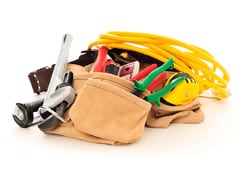
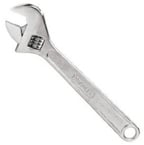
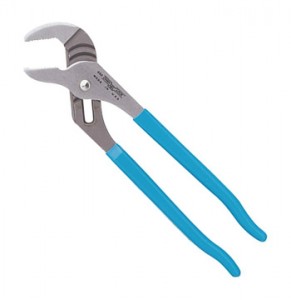
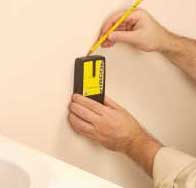
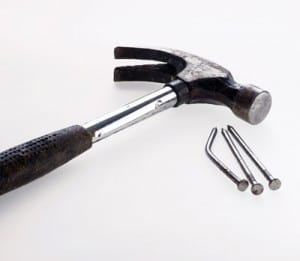
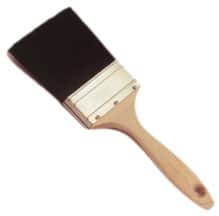
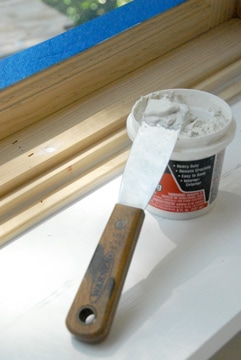
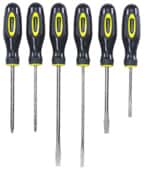
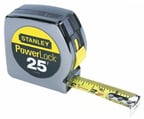
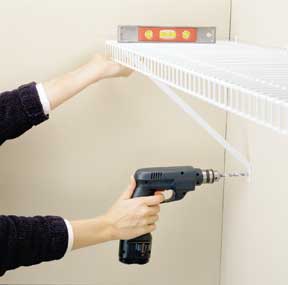
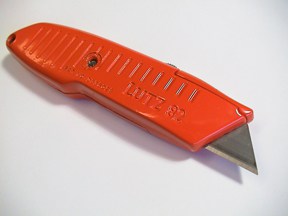
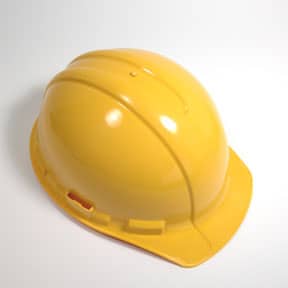
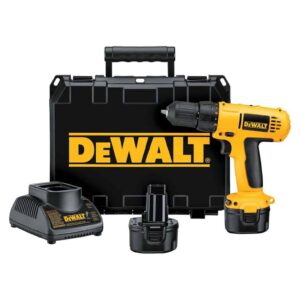
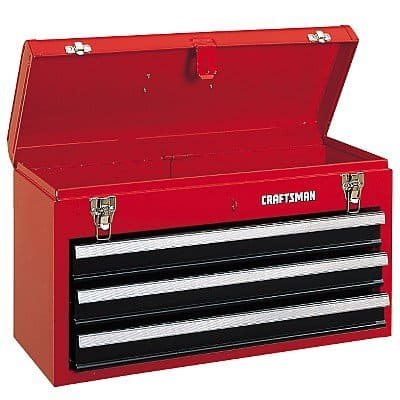
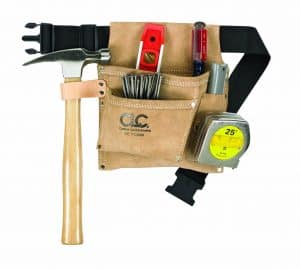
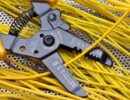
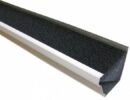
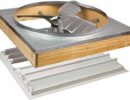
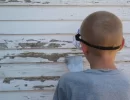
 Don Vandervort writes or edits every article at HomeTips. Don has:
Don Vandervort writes or edits every article at HomeTips. Don has:
